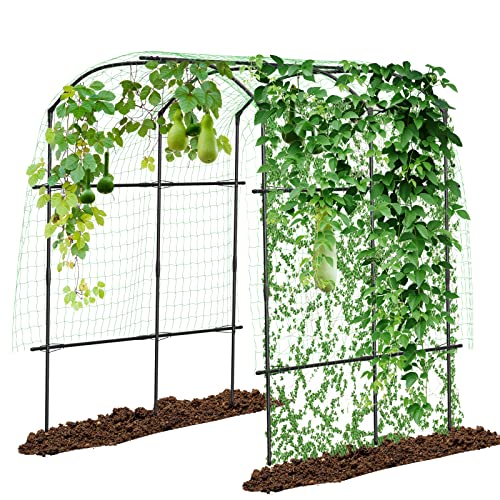Kit: Cellar Craft Showcase Amarone 6 week kit with grape skins
Actual OG: 1.093
Target OG: 1.080 – 1.100
Target gravity at end of primary: 1.000 or lower
Current fermentation temperature: 69 F (48 hours after pitching)
Hi everyone. After two years of brewing beer, I started my first ever wine kit. The instructions say to leave the lid loose, and stir every day during primary fermentation, which lasts 10-12 days, which I am doing. I’ve weighted the grape skins down by placing a small sanitized drinking glass in the mesh bag, which keeps them sitting at the bottom.
My question is this:
Should I stop stirring and remove the grape skins two days before transferring to the secondary?
My concern is, removing the skins bag just before transfer – like the instructions indicate - will disturb much of the lees and debris, which will not have time to settle back down to the bottom. The instructions assume that the skins will be floating on top. Mine are weighted at the bottom, which guarantees disturbing the sediment during removal.
So, unless I’m advised otherwise, my plan thus far is this:
1) Check gravity on Day 10. If it has dropped to or below my target of 1.000, then…
2) Remove the grape skin bag, squeeze out the excess juice, and give the must one last good stir.
3) Leave it sit for an additional 48 hours, completely undisturbed.
4) Transfer to secondary on Day 12, being careful to leave as much debris behind as possible.
If I’m doing something wrong here, please save me from myself!
Thanks in advance for any replies.
Actual OG: 1.093
Target OG: 1.080 – 1.100
Target gravity at end of primary: 1.000 or lower
Current fermentation temperature: 69 F (48 hours after pitching)
Hi everyone. After two years of brewing beer, I started my first ever wine kit. The instructions say to leave the lid loose, and stir every day during primary fermentation, which lasts 10-12 days, which I am doing. I’ve weighted the grape skins down by placing a small sanitized drinking glass in the mesh bag, which keeps them sitting at the bottom.
My question is this:
Should I stop stirring and remove the grape skins two days before transferring to the secondary?
My concern is, removing the skins bag just before transfer – like the instructions indicate - will disturb much of the lees and debris, which will not have time to settle back down to the bottom. The instructions assume that the skins will be floating on top. Mine are weighted at the bottom, which guarantees disturbing the sediment during removal.
So, unless I’m advised otherwise, my plan thus far is this:
1) Check gravity on Day 10. If it has dropped to or below my target of 1.000, then…
2) Remove the grape skin bag, squeeze out the excess juice, and give the must one last good stir.
3) Leave it sit for an additional 48 hours, completely undisturbed.
4) Transfer to secondary on Day 12, being careful to leave as much debris behind as possible.
If I’m doing something wrong here, please save me from myself!
Thanks in advance for any replies.



























![[Upgraded] 9Pcs Tree Root Growing Box with Drain Holes, Half Transparent Plant Rooting Propagation Ball & Metal Core Twist Ties, for Fast Propagation Plants (Size M)](https://m.media-amazon.com/images/I/514MWQxtWOL._SL500_.jpg)

























